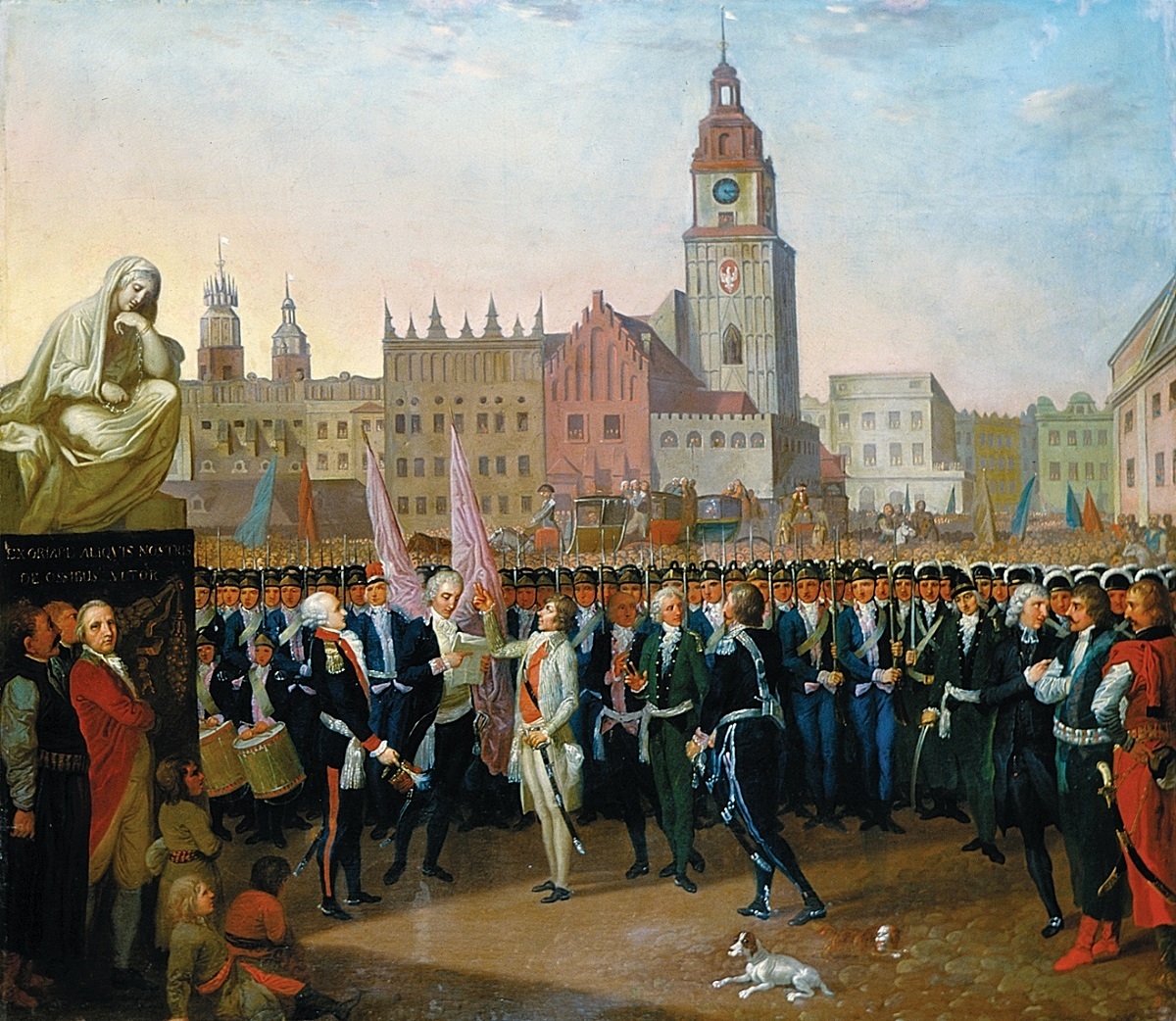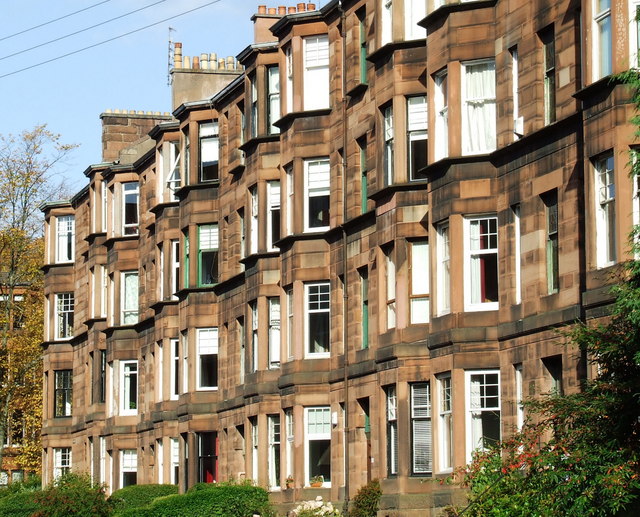|
Royal Road, Kraków
The Royal Road or Royal Route ( pl, Droga Królewska, ) in Kraków, Poland, begins at the northern end of the medieval Old Town and continues south through the centre of town towards Wawel Hill, where the old royal residence, Wawel Castle, is located. The Royal Road passes some of the most prominent historic landmarks of Poland's royal capital, providing a suitable background to coronation processions and parades, kings' and princes' receptions, foreign envoys and guests of distinction traveling from a far country to their destination at Wawel. The Royal Road starts outside the northern flank of the old city walls in the medieval suburb of Kleparz, now a central district of Kraków. It begins at St. Florian's Church (''Kościół św. Floriana''), containing the relics of St. Florian – the Patron Saint of Poland – miraculously saved numerous times in the 12th, 16th and 17th centuries. St. Florian's Church was also the starting point for royal funeral processions, concluding ... [...More Info...] [...Related Items...] OR: [Wikipedia] [Google] [Baidu] |
Middle Ages
In the history of Europe, the Middle Ages or medieval period lasted approximately from the late 5th to the late 15th centuries, similar to the post-classical period of global history. It began with the fall of the Western Roman Empire and transitioned into the Renaissance and the Age of Discovery. The Middle Ages is the middle period of the three traditional divisions of Western history: classical antiquity, the medieval period, and the modern period. The medieval period is itself subdivided into the Early, High, and Late Middle Ages. Population decline, counterurbanisation, the collapse of centralized authority, invasions, and mass migrations of tribes, which had begun in late antiquity, continued into the Early Middle Ages. The large-scale movements of the Migration Period, including various Germanic peoples, formed new kingdoms in what remained of the Western Roman Empire. In the 7th century, North Africa and the Middle East—most recently part of the Eastern Ro ... [...More Info...] [...Related Items...] OR: [Wikipedia] [Google] [Baidu] |
Armory (military)
An arsenal is a place where arms and ammunition are made, maintained and repaired, stored, or issued, in any combination, whether privately or publicly owned. Arsenal and armoury (British English) or armory (American English) are mostly regarded as synonyms, although subtle differences in usage exist. A sub-armory is a place of temporary storage or carrying of weapons and ammunition, such as any temporary post or patrol vehicle that is only operational in certain times of the day. Etymology The term in English entered the language in the 16th century as a loanword from french: arsenal, itself deriving from the it, arsenale, which in turn is thought to be a corruption of ar, دار الصناعة, , meaning "manufacturing shop". Types A lower-class arsenal, which can furnish the materiel and equipment of a small army, may contain a laboratory, gun and carriage factories, small-arms ammunition, small-arms, harness, saddlery tent and powder factories; in addition, it m ... [...More Info...] [...Related Items...] OR: [Wikipedia] [Google] [Baidu] |
Built Environment
The term built environment refers to human-made conditions and is often used in architecture, landscape architecture, urban planning, public health, sociology, and anthropology, among others. These curated spaces provide the setting for human activity and were created to fulfill human desires and needs. The term can refer to a plethora of components including the traditionally associated buildings, cities, public infrastructure, transportation, open space, as well as more conceptual components like farmlands, damned rivers, wildlife management, and even domesticated animals. The built environment is made up of physical features. However, when studied, the built environment often highlights the connection between physical space and social consequences. It impacts the environment and how society physically maneuvers and functions, as well as less tangible aspects of society such as socioeconomic inequity and health. Various aspects of the built environment contribute to scholarshi ... [...More Info...] [...Related Items...] OR: [Wikipedia] [Google] [Baidu] |
Grodzka Street, Kraków
Grodzka Street (Polish: ''Ulica Grodzka'', lit. Gord Street) - one of the oldest streets in Kraków, Poland. Grodzka was part of a former north-south trade route. The street is part of the Royal Route, used by Polish kings to reach Wawel Castle. The earliest documents referencing its name date from the thirteenth-century. Part of the street was destroyed by the Kraków Fire of 1850 The Kraków Fire of 1850 started on 18 July and lasted several days. It is estimated to have destroyed about 10 percent of the city of Kraków, which was then part of the Austrian Empire's district of the Grand Duchy of Kraków, Grand Duchy. Back .... In the later half of the 19th century, a tramway track was laid on Grodzka Street. Features References {{Reflist Streets in Kraków ... [...More Info...] [...Related Items...] OR: [Wikipedia] [Google] [Baidu] |
Church Of St
Church may refer to: Religion * Church (building), a building for Christian religious activities * Church (congregation), a local congregation of a Christian denomination * Church service, a formalized period of Christian communal worship * Christian denomination, a Christian organization with distinct doctrine and practice * Christian Church, either the collective body of all Christian believers, or early Christianity Places United Kingdom * Church (Liverpool ward), a Liverpool City Council ward * Church (Reading ward), a Reading Borough Council ward * Church (Sefton ward), a Metropolitan Borough of Sefton ward * Church, Lancashire, England United States * Church, Iowa, an unincorporated community * Church Lake, a lake in Minnesota Arts, entertainment, and media * '' Church magazine'', a pastoral theology magazine published by the National Pastoral Life Center Fictional entities * Church (''Red vs. Blue''), a fictional character in the video web series ''Red vs. Blue'' ... [...More Info...] [...Related Items...] OR: [Wikipedia] [Google] [Baidu] |
Romanesque Architecture
Romanesque architecture is an architectural style of medieval Europe characterized by semi-circular arches. There is no consensus for the beginning date of the Romanesque style, with proposals ranging from the 6th to the 11th century, this later date being the most commonly held. In the 12th century it developed into the Gothic style, marked by pointed arches. Examples of Romanesque architecture can be found across the continent, making it the first pan-European architectural style since Imperial Roman architecture. The Romanesque style in England and Sicily is traditionally referred to as Norman architecture. Combining features of ancient Roman and Byzantine buildings and other local traditions, Romanesque architecture is known by its massive quality, thick walls, round arches, sturdy pillars, barrel vaults, large towers and decorative arcading. Each building has clearly defined forms, frequently of very regular, symmetrical plan; the overall appearance is one of simplic ... [...More Info...] [...Related Items...] OR: [Wikipedia] [Google] [Baidu] |
Town Hall Tower, Kraków
Town Hall Tower in Kraków, Poland ( pl, Wieża ratuszowa w Krakowie) is one of the main focal points of the Main Market Square in the Old Town district of Kraków. The Tower is the only remaining part of the old Kraków Town Hall (''Ratusz, see painting, below'') demolished in 1820 as part of the city plan to open up the Main Square. Its cellars once housed a city prison with a Medieval torture chamber. In 1967, after a complex conservation which underlined its gothic ancestry, object was given to the Historical Museum in Cracow for management of it. History Built of stone and brick at the end of the 14th century, the massive Gothic tower of the early Town Hall stands 70 metres tall and leans just 55 centimetres, the result of a storm in 1703. The top floor of the tower with an observation deck is open to visitors. The original Gothic helmet adorning the tower was consumed by fire caused by a lightning in 1680. The ensuing reconstruction of the tower took place between ... [...More Info...] [...Related Items...] OR: [Wikipedia] [Google] [Baidu] |
Renaissance
The Renaissance ( , ) , from , with the same meanings. is a period in European history marking the transition from the Middle Ages to modernity and covering the 15th and 16th centuries, characterized by an effort to revive and surpass ideas and achievements of classical antiquity. It occurred after the Crisis of the Late Middle Ages and was associated with great social change. In addition to the standard periodization, proponents of a "long Renaissance" may put its beginning in the 14th century and its end in the 17th century. The traditional view focuses more on the early modern aspects of the Renaissance and argues that it was a break from the past, but many historians today focus more on its medieval aspects and argue that it was an extension of the Middle Ages. However, the beginnings of the period – the early Renaissance of the 15th century and the Italian Proto-Renaissance from around 1250 or 1300 – overlap considerably with the Late Middle Ages, conventionally da ... [...More Info...] [...Related Items...] OR: [Wikipedia] [Google] [Baidu] |
Szlachta
The ''szlachta'' (Polish: endonym, Lithuanian: šlėkta) were the noble estate of the realm in the Kingdom of Poland, the Grand Duchy of Lithuania, and the Polish–Lithuanian Commonwealth who, as a class, had the dominating position in the state, exercising extensive political rights and power. Szlachta as a class differed significantly from the feudal nobility of Western Europe. The estate was officially abolished in 1921 by the March Constitution."Szlachta. Szlachta w Polsce" ''Encyklopedia PWN'' The origins of the ''szlachta'' are obscure and the subject of several theories. Traditionally, its members owned land (allods), [...More Info...] [...Related Items...] OR: [Wikipedia] [Google] [Baidu] |
Kamienica (architecture)
A tenement is a type of building shared by multiple dwellings, typically with flats or apartments on each floor and with shared entrance stairway access. They are common on the British Isles, particularly in Scotland. In the medieval Old Town, Edinburgh, Old Town, in Edinburgh, tenements were developed with each apartment treated as a separate house, built on top of each other (such as Gladstone's Land). Over hundreds of years, custom grew to become law concerning maintenance and repairs, as first formally discussed in James Dalrymple, 1st Viscount of Stair, Stair's 1681 writings on Scots property law. In Scotland, these are now governed by the Tenements (Scotland) Act 2004, Tenements Act, which replaced the old Law of the Tenement and created a new system of common ownership and procedures concerning repairs and maintenance of tenements. Tenements with one or two room flats provided popular rented accommodation for workers, but in some inner-city areas, overcrowding and maintenan ... [...More Info...] [...Related Items...] OR: [Wikipedia] [Google] [Baidu] |






